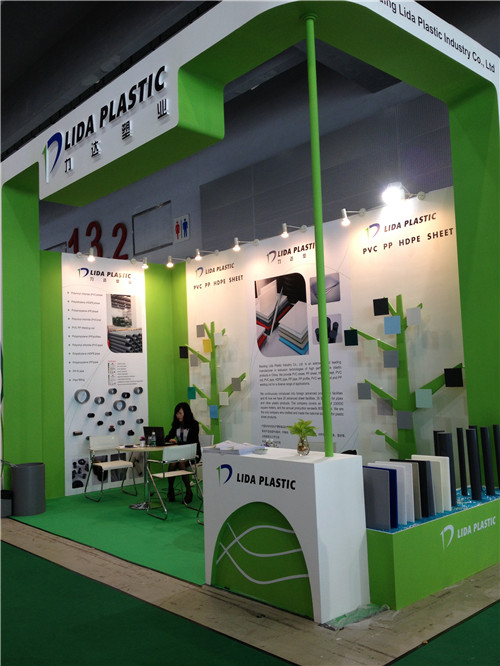Дек . 25, 2024 23:40 Back to list
pvc ppr pipes and fittings
Understanding PVC and PPR Pipes and Fittings A Comprehensive Overview
In the world of plumbing and construction, the choice of materials significantly impacts the efficiency, durability, and overall effectiveness of systems. Two common options that have gained popularity are PVC (Polyvinyl Chloride) and PPR (Polypropylene Random Copolymer) pipes. Each type has its distinct advantages and applications, making it essential for contractors, plumbers, and DIY enthusiasts to understand their characteristics, benefits, and suitable uses.
What is PVC?
PVC is a widely used type of plastic that has been a staple in the construction industry for decades. It is produced by polymerizing vinyl chloride monomers. PVC pipes are renowned for their lightweight, strength, and resistance to rust and corrosion. This makes them ideal for various applications, including water supply lines, sewage systems, and electrical conduits.
One of the significant advantages of PVC pipes is their cost-effectiveness. They are generally less expensive than metal pipes, making them an attractive option for both residential and commercial projects. Additionally, PVC pipes can be easily installed and manipulated, providing significant labor savings during construction.
Advantages of PVC Pipes
1. Durability PVC pipes are resistant to chemicals, corrosion, and weathering, which contributes to their extended lifespan. 2. Low Maintenance The smooth interior surface of PVC pipes reduces the likelihood of clogs and requires minimal maintenance over time.
3. Versatility PVC can be used in a wide range of applications, from plumbing to drainage systems, and even in industrial processes.
4. Easy to Install The lightweight nature of PVC makes it easier to handle and transport, facilitating quicker installation.
What is PPR?
PPR, or Polypropylene Random Copolymer, is a relatively newer material compared to PVC, making waves in plumbing and piping systems. PPR pipes, recognized for their excellent thermal resistance and strength, are particularly effective in hot and cold water systems. They are produced through a process that blends polypropylene with specific additives to enhance performance.
pvc ppr pipes and fittings

PPR is known for its high melting point, which allows it to handle hot water without the risk of deforming or leaking. Additionally, PPR pipes are resistant to chemical corrosion and can withstand high-pressure conditions. This makes them suitable for both domestic and industrial uses.
Advantages of PPR Pipes
1. Temperature Resistance PPR pipes can handle temperatures up to 95°C, making them an ideal choice for hot water systems.
2. Long Lifespan With proper installation and maintenance, PPR pipes can last for over 50 years, providing an excellent return on investment.
3. Hygienic Properties PPR is non-toxic and does not leach harmful chemicals, making it safe for drinking water.
4. Energy Efficiency The insulation properties of PPR help maintain the temperature of the transported fluids, reducing energy costs in heating systems.
PVC vs. PPR Which to Choose?
When deciding between PVC and PPR, the intended application plays a crucial role. PVC is often the go-to choice for drainage, sewage, and cold water systems due to its affordability and ease of installation. Conversely, PPR presents a better option for hot water piping and applications that demand high temperature and pressure resistance.
Both materials have their unique strengths and weaknesses, and understanding these elements will guide critical decisions in plumbing and construction projects. Advancements in both technologies continue to improve their performance and sustainability, making them both attractive options in various construction contexts.
Conclusion
PVC and PPR pipes and fittings offer a combination of benefits that cater to different needs in the plumbing industry. Understanding the distinct characteristics of each material is essential for making informed decisions that achieve efficiency, durability, and safety in installations. With their respective advantages, both PVC and PPR hold vital roles in modern plumbing systems, ensuring that performance standards are met while also providing economical solutions for construction projects.
-
Durable PP Rigid Sheet: Lightweight, Chemical Resistant Solutions
NewsAug.21,2025
-
PVC Grey Sheet for Extraction: Chemical Resistant & Durable
NewsAug.19,2025
-
Durable PVC Pipe Fittings for Plumbing & Irrigation Needs
NewsAug.18,2025
-
HDPE Steel Belt Reinforced Spiral Corrugated Pipe | High Strength
NewsAug.17,2025
-
HDPE Pipe Fittings: Durable, Leak-Proof Solutions
NewsAug.16,2025
-
Premium CPVC Sheet: High-Temp & Chemical Resistant Solutions
NewsAug.15,2025

